𝟙𝟡𝟞𝟡 𝑫𝒆 𝑻𝒐𝒎𝒂𝒔𝒐 𝑴𝒂𝒏𝒈𝒖𝒔𝒕𝒂 ➰
𝘈 𝘴𝘦𝘢𝘮𝘭𝘦𝘴𝘴 𝘣𝘭𝘦𝘯𝘥 𝘰𝘧 𝘐𝘵𝘢𝘭𝘪𝘢𝘯 𝘥𝘦𝘴𝘪𝘨𝘯 𝘢𝘯𝘥 𝘈𝘮𝘦𝘳𝘪𝘤𝘢𝘯 𝘮𝘶𝘴𝘤𝘭𝘦
Is one of the most striking and underrated classics to ever roll out of Italy. With only around 400 units made, this exotic beast is a rare blend of Italian design and American muscle.
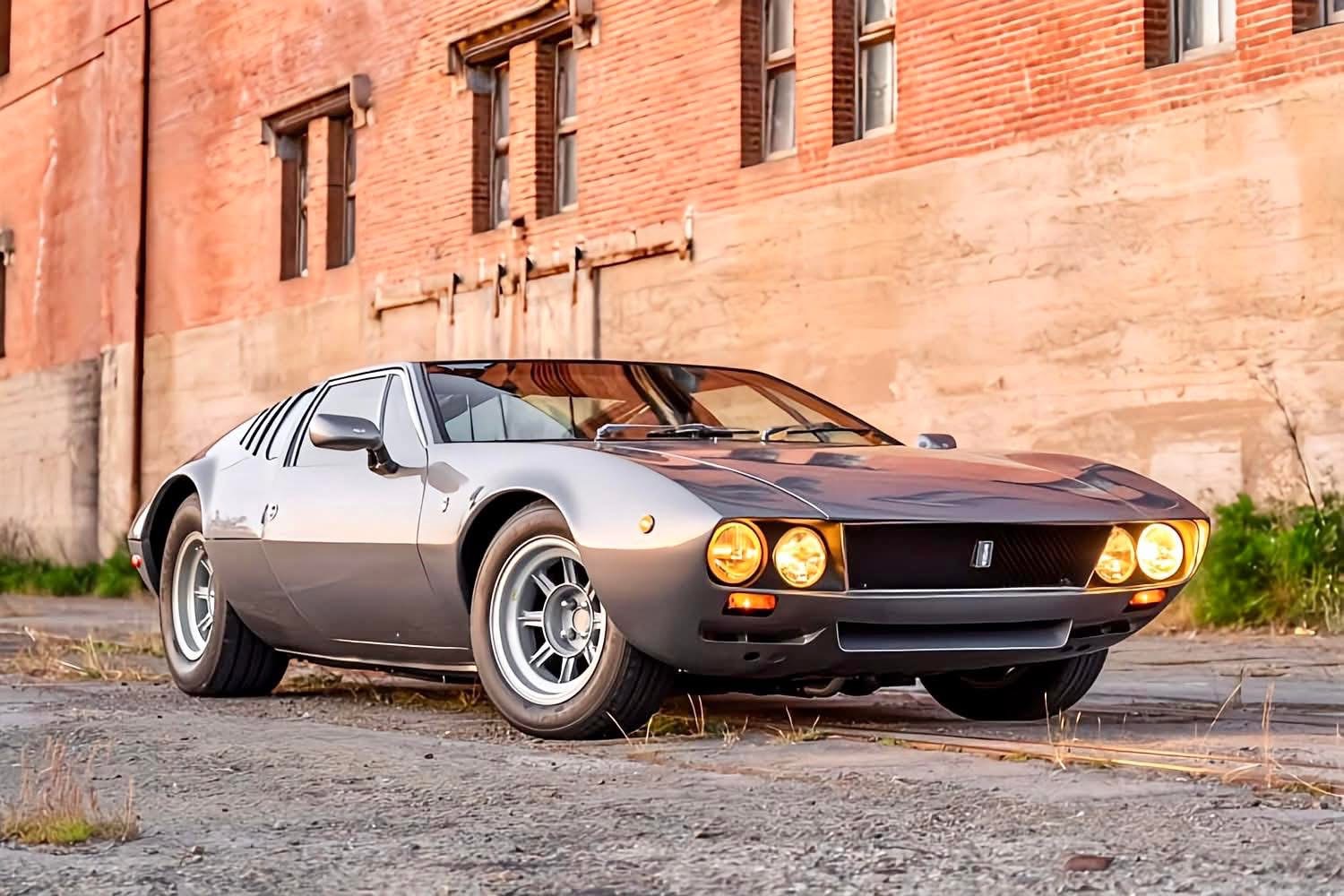
Its name—Mangusta, meaning “mongoose” in Italian—was a not-so-subtle jab at Carroll Shelby’s Cobra, as the mongoose is one of the few animals known to kill cobras.
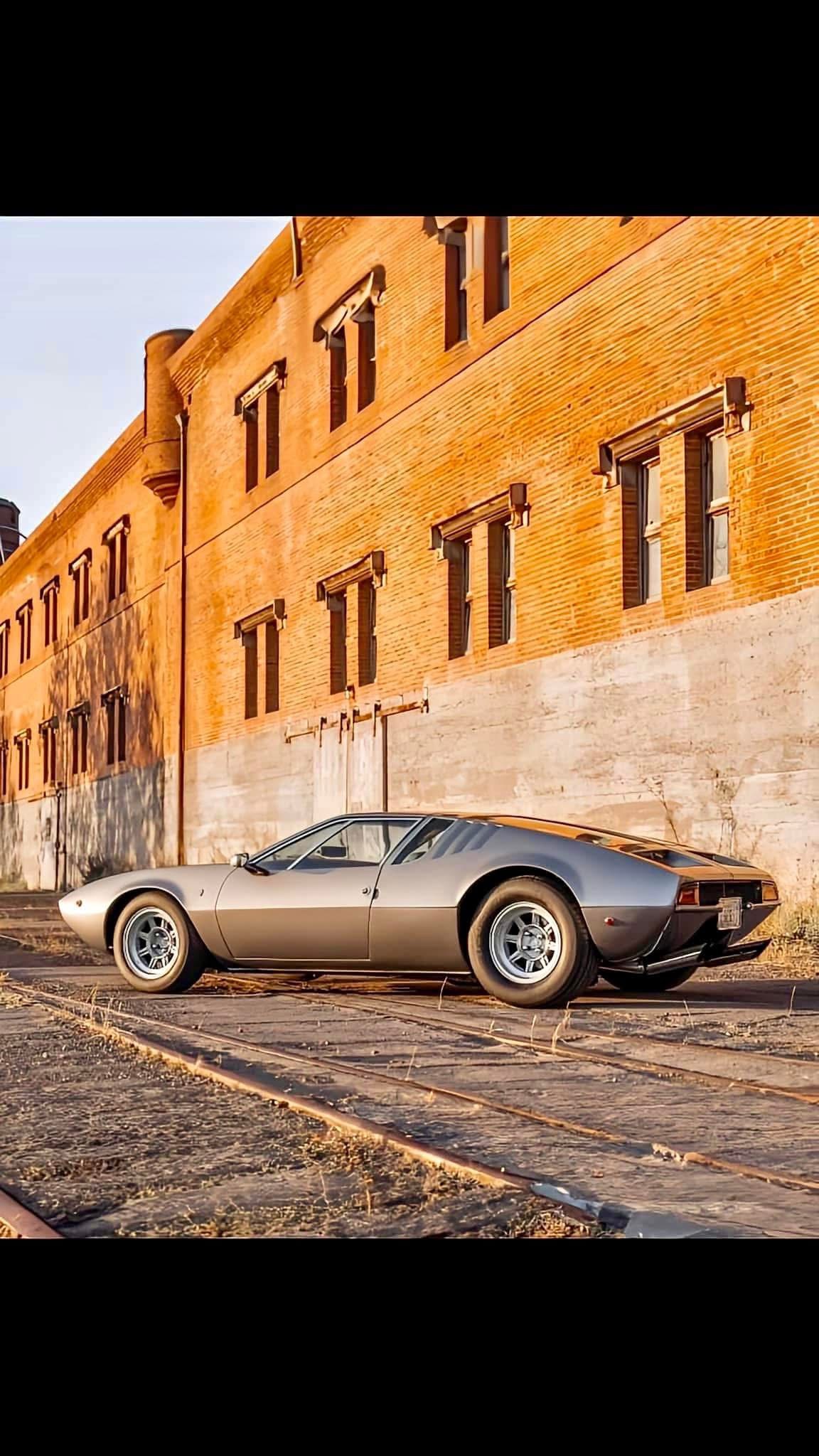
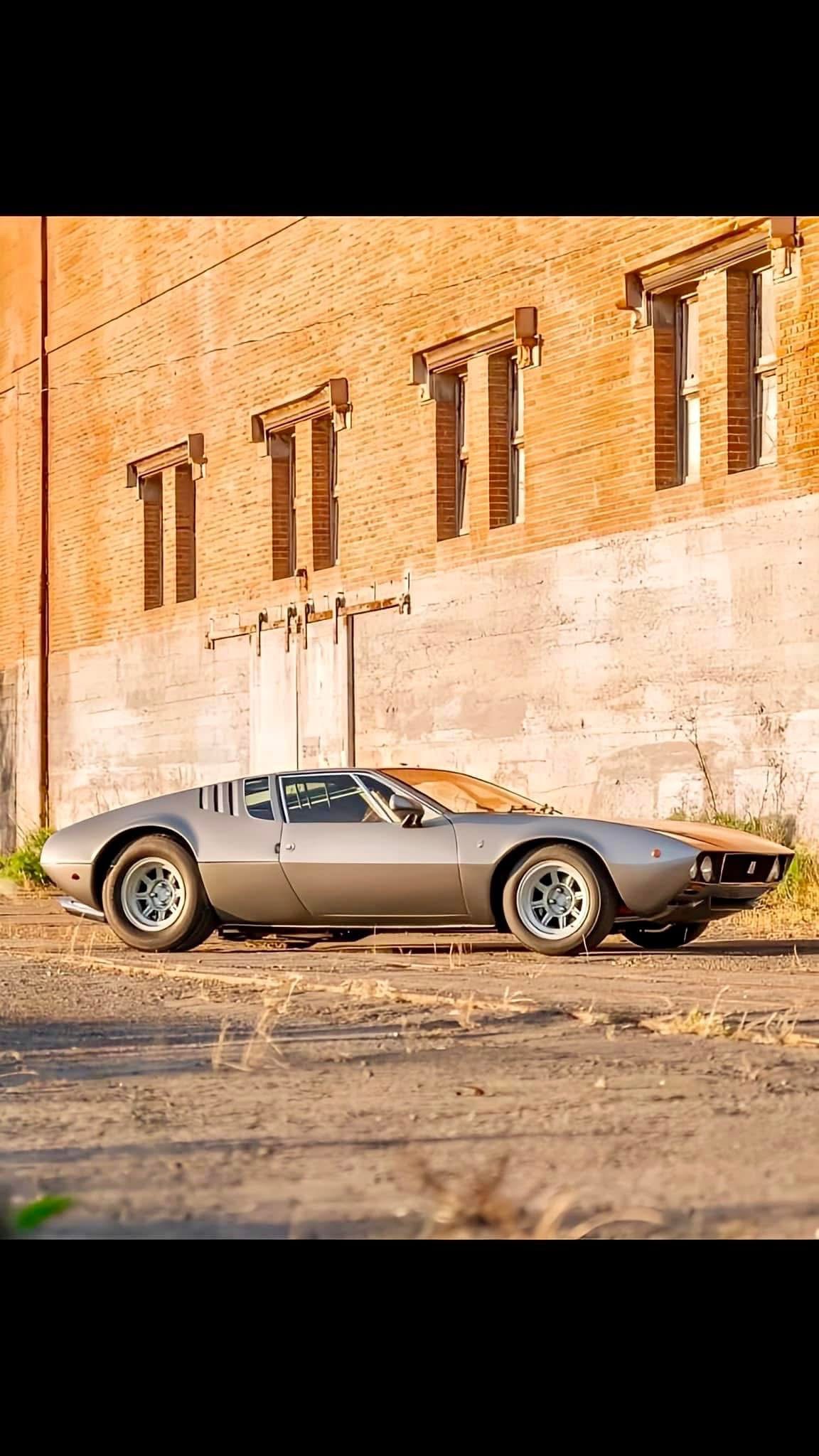
Designed by Giorgetto Giugiaro at Ghia, the Mangusta features a sleek, low-slung body with dramatic gullwing rear engine covers, giving it one of the most aggressive stances of any ’60s GT car. Underneath the skin, it hides a Ford V8—most commonly the 302 or 289 cubic inch variants—delivering raw American power with Italian flair.
While its rear-heavy weight distribution and somewhat twitchy handling made it a handful on twisty roads, the Mangusta more than made up for it with pure charisma. It’s a car that commands attention, whether parked or flying down the highway.
Today, the De Tomaso Mangusta stands as a symbol of a bold era—an uncompromising, transatlantic fusion that remains a dream car for collectors and a staple in any conversation about forgotten legends of the automotive world.

The 1969 De Tomaso Mangusta is an iconic Italian sports car that blends exotic European styling with raw American power.
Designed by the legendary Giorgetto Giugiaro at Ghia, the Mangusta (Italian for “mongoose”) was introduced in 1967 as a follow-up to De Tomaso’s earlier Vallelunga. It was produced until 1971, with approximately 401 units built.
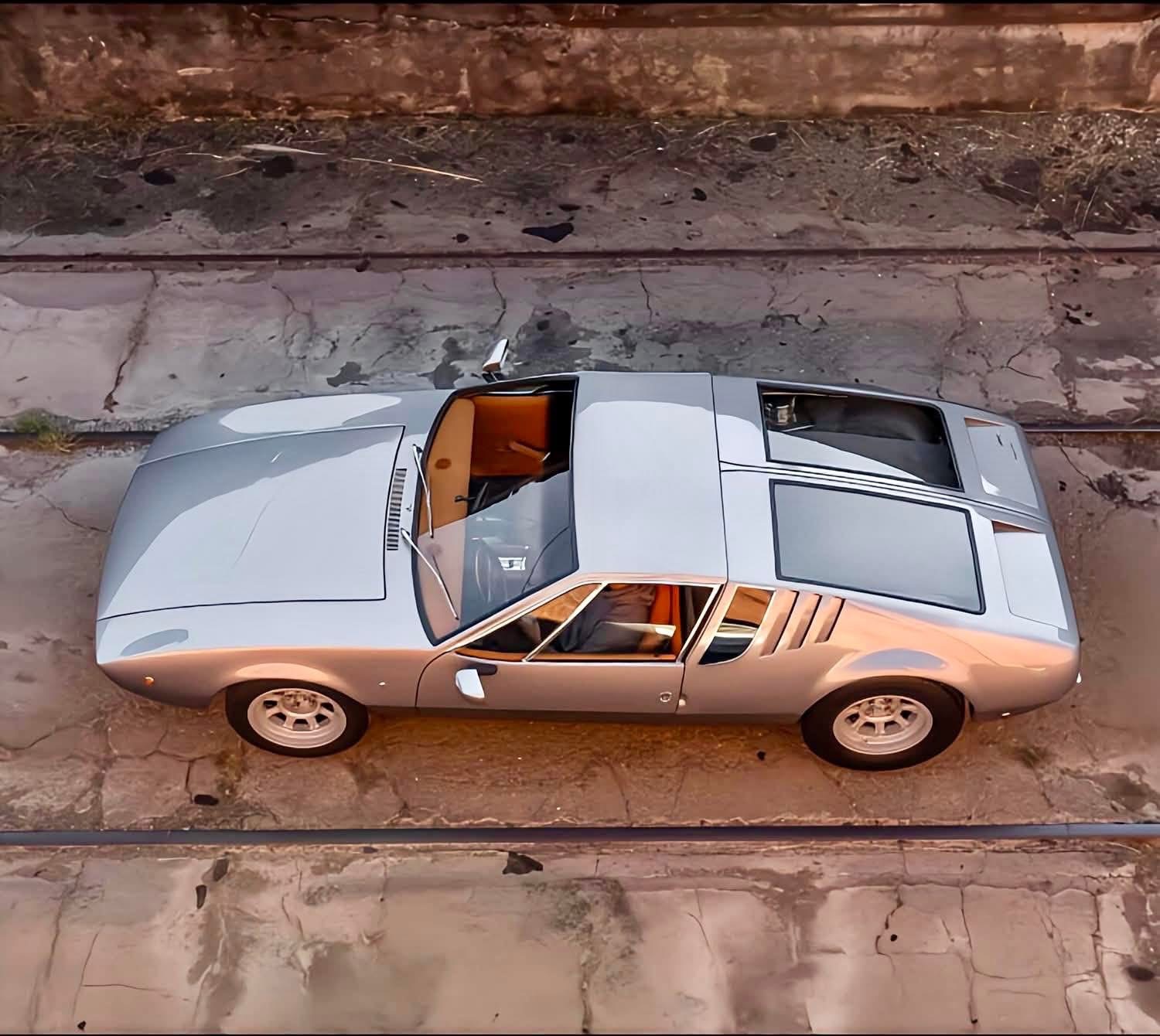
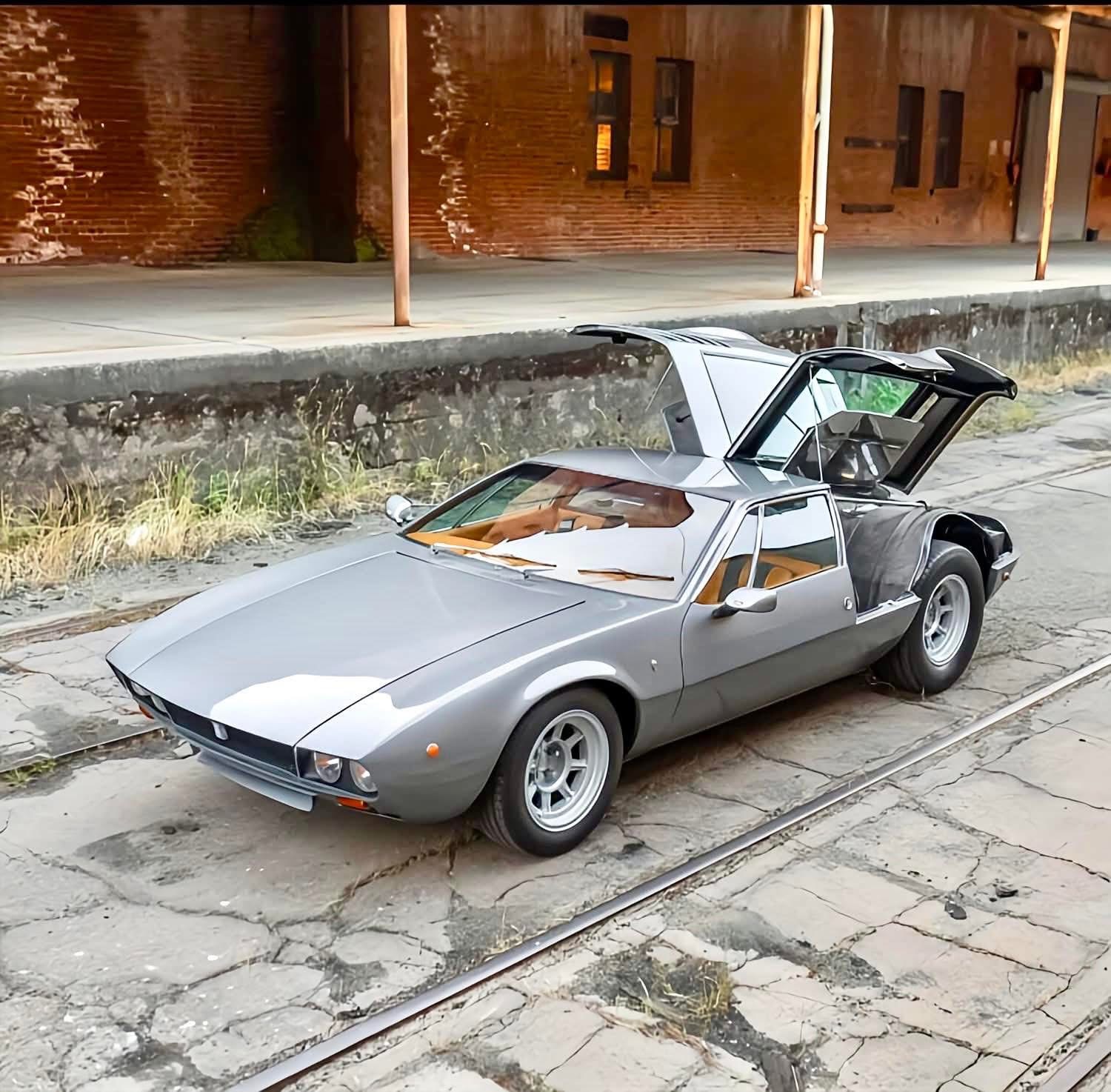
𝑲𝒆𝒚 𝑯𝒊𝒔𝒕𝒐𝒓𝒊𝒄𝒂𝒍 𝑷𝒐𝒊𝒏𝒕𝒔
• Origins: The Mangusta was originally developed from a failed partnership between De Tomaso and Carroll Shelby, intended to build a new Can-Am racer. After the project fell through, De Tomaso used the chassis to develop the Mangusta.
• Design: The car’s most striking feature is its gullwing engine covers over the rear compartment, which house a mid-mounted V8 engine. The low-slung, aggressive bodywork is a classic example of late 1960s Italian design.
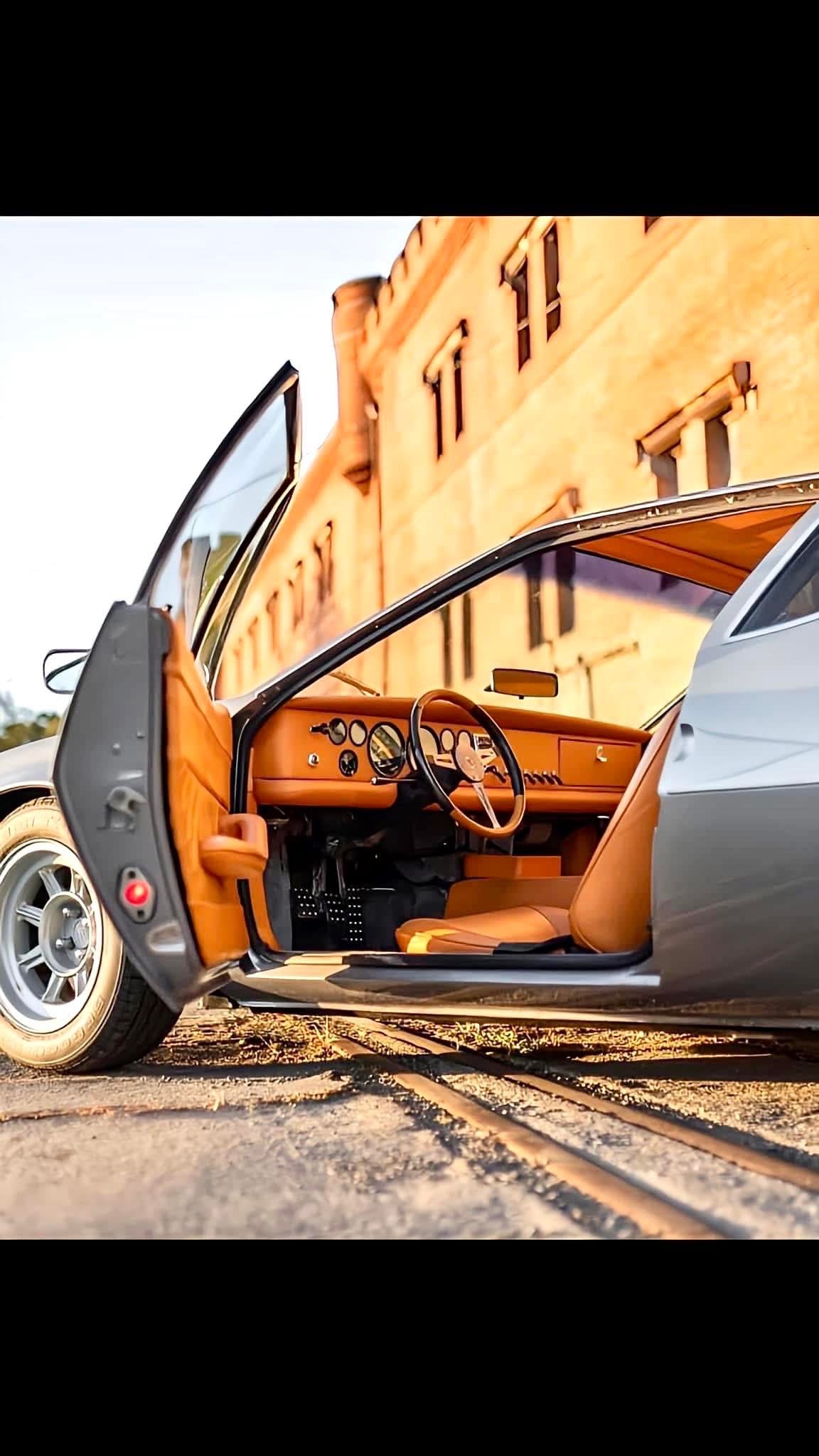

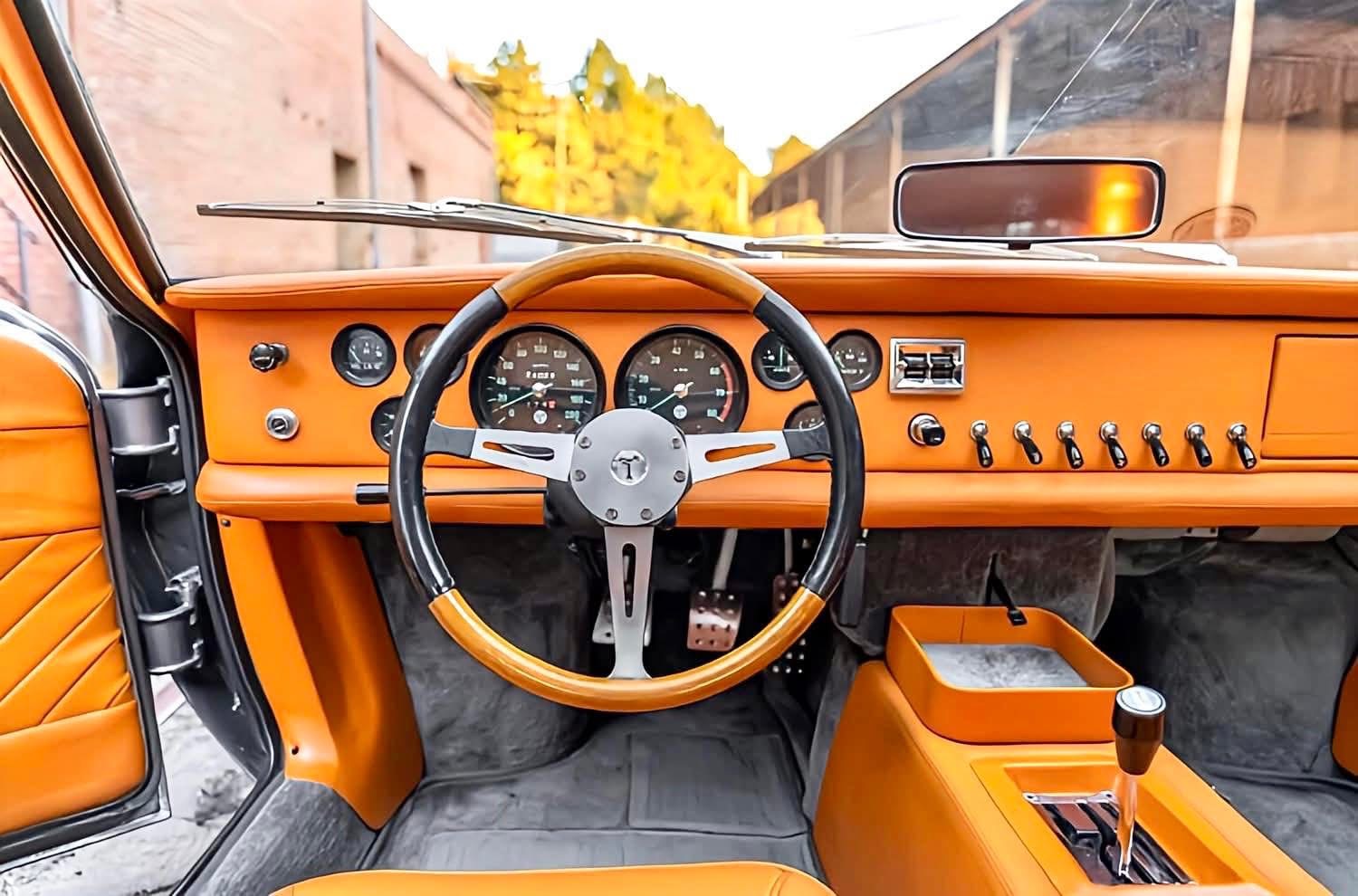
• Performance: The 1969 model typically came with a Ford 302 cubic inch (4.9L) V8 engine, producing around 230–271 horsepower, depending on the market and tuning. Power was sent to the rear wheels through a 5-speed ZF transaxle.
• Chassis and Handling: Built on a steel backbone chassis, the Mangusta had a reputation for poor weight distribution (about 68% to the rear), which affected handling. Nonetheless, it offered an engaging and raw driving experience.
• Legacy: Although it had flaws, the Mangusta gained a cult following for its styling and unique hybrid of Italian design and American muscle.
It paved the way for De Tomaso’s more refined Pantera in the 1970s.
Comments
Post a Comment